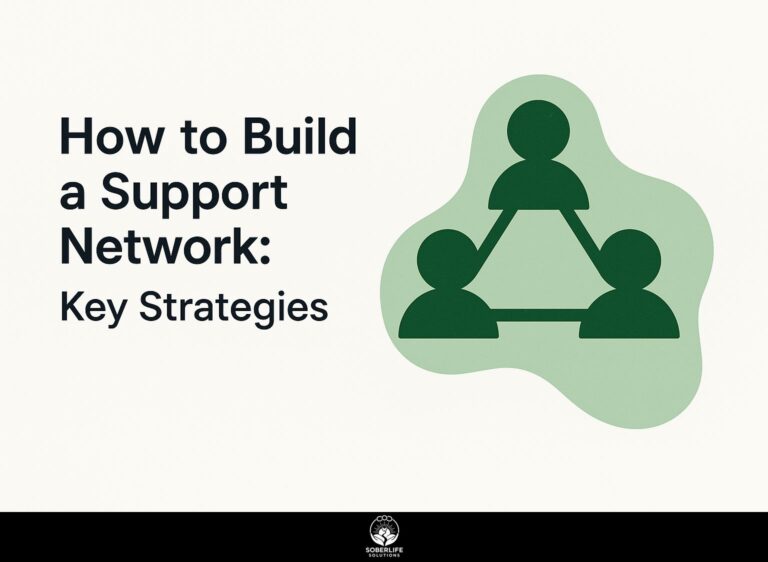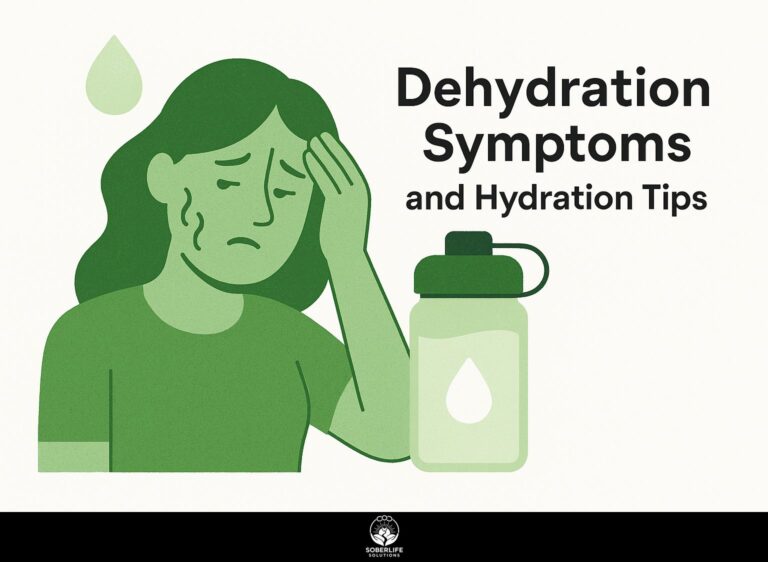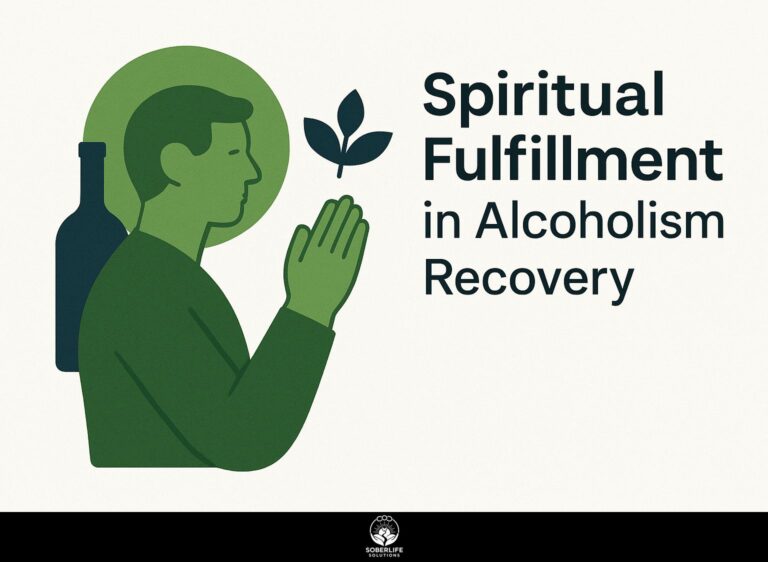Managing Depressive Symptoms with Exercise
Are you struggling with depression? Regular exercise can help you manage your symptoms and improve your mental health. Activities like walking, running, or cycling can improve your mood and lessen feelings of sadness. In this article, we will look at how different types of exercise can lift your spirits and improve your daily life, providing practical tips on how to add movement to your routine for better well-being.
Key Takeaways:
- Regular exercise can significantly improve mood and reduce depressive symptoms by releasing endorphins and enhancing overall mental health.
- A combination of aerobic activities, strength training, and mind-body exercises can be particularly effective in managing depression.
- Setting realistic goals and finding enjoyable physical activities can help overcome barriers to exercise, promoting a sustainable routine for mental well-being.
Understanding Depressive Symptoms
Recognizing the symptoms of depression is essential for effective care and treatment, as these symptoms can affect daily life. According to the World Health Organization, understanding these symptoms is crucial for addressing the condition appropriately. If you’re concerned about the severity of these symptoms, it may be beneficial to know when to seek help from a professional (see our guide on when to ask for professional help).
Common Symptoms of Depression
Common signs of depression are ongoing sadness, tiredness, and a lack of interest in things that used to be enjoyable, and these can show up in different ways for different people.
Some people experience changes in appetite, leading to significant weight loss or gain, while others may struggle with sleep disturbances like insomnia or oversleeping.
The World Health Organization states that about 264 million people worldwide suffer from depression, which often leads to feelings of worthlessness or intense guilt. This condition also raises the risk of suicide, so it is important to identify the symptoms early.
Early intervention can include therapy options like cognitive behavioral therapy (CBT) or medication management, which can significantly improve outcomes.
Impact of Depression on Daily Life
Depression significantly affects daily life, damaging personal relationships, work performance, and overall health.
Untreated depression can lead to a staggering 20% decline in productivity, negatively impacting career growth and work relationships. Employees may struggle with concentration, leading to errors and missed deadlines, while social interactions diminish, creating a cycle of isolation. A study published in ScienceDirect underscores the impact of depression on work productivity, highlighting that these effects can be far-reaching.
To combat these effects, consider practical steps:
- Get support by seeing a therapist or counselor.
- Engage in regular physical activity.
- Practice mindfulness techniques.
Using apps like Headspace for meditation or Day One for journaling can support your self-reflection and emotional well-being. Looking after your mental health is essential for your personal life and can also improve your performance at work.
The Role of Exercise in Mental Health
Regular exercise can improve your mood and lower anxiety, which is important for maintaining good mental health. According to a report by HelpGuide, engaging in physical activity can significantly enhance mental well-being by reducing symptoms of stress and anxiety. Additionally, focusing on nutrition and physical well-being can further support recovery and emotional resilience.
How Exercise Affects Mood
Regular exercise increases neurotransmitters like endorphins, which are important for improving mood and promoting feelings of well-being.
Studies show that aerobic exercises like running or cycling greatly increase endorphin levels, resulting in the feeling often called the ‘runner’s high.’
A study published in the Journal of Clinical Psychiatry found that just 30 minutes of brisk walking can lead to noticeable improvements in mood for people experiencing depression.
To begin, try to get at least 150 minutes of moderate exercise each week. Doing activities like yoga increases endorphins and lowers cortisol levels, which helps keep your mood steady.
Scientific Evidence Supporting Exercise
A meta-analysis of over 30 studies shows that individuals engaging in regular aerobic exercise experience a 25% improvement in depressive symptoms.
This improvement is supported by specific research, such as a longitudinal study published in the Journal of Clinical Psychiatry, which found that participants who exercised for at least 150 minutes per week reported a substantial reduction in depressive episodes.
A randomized controlled trial indicated that individuals who participated in group aerobic sessions showed a 30% greater improvement in mood compared to the control group.
These findings emphasize the importance of incorporating exercise-like running or cycling-into treatment plans for depression, offering a non-pharmaceutical avenue for relief.
Types of Exercise Beneficial for Depression
Different forms of exercise, such as cardio workouts and weightlifting, help in reducing symptoms of depression in their own ways.
Aerobic Activities
Aerobic activities, such as walking or cycling, improve cardiovascular health and release endorphins, which directly counteract depression.
Doing aerobic exercise on a regular basis can benefit your mental health. The American Heart Association recommends getting at least 150 minutes of moderate aerobic activity every week.
Community programs like Ramblers Wellbeing Walks offer organized group walks that encourage physical activity and help people connect with others, which is good for mental health.
Join local cycling clubs or take online classes for organized sessions. These choices help you stay regular and dedicated, making it easier to reach your fitness goals while connecting with others.
Strength Training
Studies show that strength training can improve mental toughness, making it an important part of coping with depression.
Incorporating strength training into your routine can significantly improve mood and reduce symptoms of depression. A study by the JAMA Psychiatry found that individuals engaging in resistance training showed a 50% reduction in depression symptoms.
Programs like StrongLifts 5×5, which includes exercises such as squats and deadlifts, are effective for building strength and confidence. Try to complete three sessions each week, gradually increasing the weights to challenge yourself. You might also want to include aerobic exercises for overall mental health.
Mind-Body Exercises
Mind-body exercises like yoga and tai chi improve physical health and help with emotional healing and reducing stress.
Research shows that practicing yoga can reduce anxiety levels by up to 30%, while tai chi has been linked to lower symptoms of depression.
For those looking to participate locally, classes like ‘Gentle Yoga Flow’ at the Downtown Wellness Center and ‘Tai Chi for Beginners’ at Harmony Health Studio offer accessible options.
Engaging in these activities several times a week can greatly improve your mood, increase your focus, and create a feeling of relaxation.
Creating an Exercise Routine
Creating a regular exercise routine is essential for gaining the mental health benefits of being active. Incorporating strategies such as aerobic exercise can significantly contribute to this goal, as highlighted in our discussion on the role of aerobic exercise in relapse prevention.
Setting Realistic Goals
Setting achievable exercise goals significantly increases adherence and can lead to improved mental health outcomes.
To create clear exercise goals, be specific. For example, instead of saying, “I will exercise more,” say, “I will walk for 30 minutes, three times a week.”
Make sure your goal can be measured by recording your walks in a journal or an app like MyFitnessPal. Set a frequency that works well with your existing routine to make it realistic.
Connect your exercise routine to your mental health, like lowering anxiety. Set a three-month period to stick to it, check your progress each month, and make changes if needed.
Finding Enjoyable Activities
Finding enjoyable physical activities can drastically improve one’s motivation and consistency with their exercise routine.
Adding social workouts to your routine can make exercising more fun and keep you accountable. For instance, think about joining a local dance class or a group cycling session, where the shared energy can increase your excitement.
You can take part in fitness challenges with your community, such as charity runs or obstacle courses, which build friendships and encourage exercise.
Use platforms like Meetup to connect with fitness enthusiasts nearby, or join online groups that organize workout sessions. Building relationships makes exercising fun and helps you stay committed to your routine.
Overcoming Barriers to Exercise
Identifying and overcoming barriers to exercise is essential for sustaining a beneficial routine, especially for those managing depression.
Common issues are low motivation, stress, and not enough time. To tackle these, schedule your workouts like you would for meetings-set alerts on your phone or in your calendar.
Join exercise programs led by general practitioners that focus on mental health, or find local options like community fitness classes that encourage social interaction. Additionally, learning how to build a workout habit can be instrumental; check out our guide on creating a sustainable routine.
Begin with small, realistic goals, such as a 10-minute walk, and slowly increase the time as you feel better.
Keeping a journal to track your progress can help you stay motivated and make it easier to see the improvements in your energy and outlook.
Frequently Asked Questions
What types of exercises are most effective for managing depressive symptoms with exercise?
Doing aerobic exercises like running, cycling, and swimming can help manage symptoms of depression. Strength training, yoga, and mindfulness practices can also improve mental health. It’s important to choose activities you enjoy so you can stick with them.
How often should I exercise to effectively manage depressive symptoms with exercise?
To effectively manage depressive symptoms with exercise, aim for at least 150 minutes of moderate-intensity aerobic exercise each week. This can be broken down into manageable sessions, such as 30 minutes a day, five times a week. Consistency is key in reaping the mental health benefits of exercise.
Can I manage depressive symptoms with exercise if I am a beginner?
Absolutely! Managing depressive symptoms with exercise can be beneficial for beginners. Start with light activities like walking or gentle yoga, gradually increasing duration and intensity as you become more comfortable. The important factor is to be consistent and listen to your body.
What are some mental health benefits of managing depressive symptoms with exercise?
Regular exercise can help reduce symptoms of depression by raising endorphin levels, enhancing mood, lowering anxiety, and improving sleep. It can also increase self-esteem and offer a sense of accomplishment, which all support better mental health.
Should I consult a professional before starting an exercise routine for managing depressive symptoms with exercise?
It’s a good idea to talk to a healthcare professional or a licensed therapist before beginning any exercise program, especially if you have mental health issues. They can help design a plan that fits your needs and make sure that using exercise to manage depression is safe and effective for you.
What if I don’t feel motivated to exercise for managing depressive symptoms?
Lack of motivation is common when dealing with depressive symptoms. To combat this, start with short, enjoyable activities, set small, achievable goals, and consider exercising with a friend or joining a group for support. Exploring different types of exercise can also help you find something that feels more engaging and rewarding.





